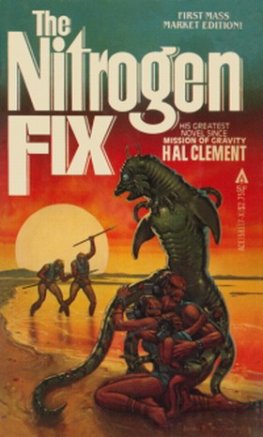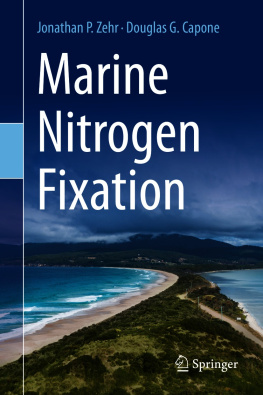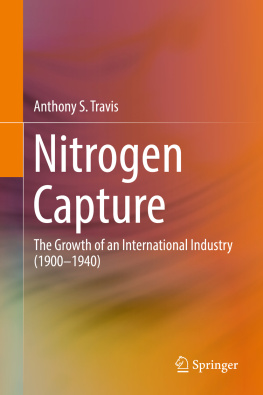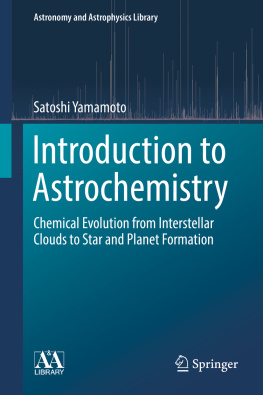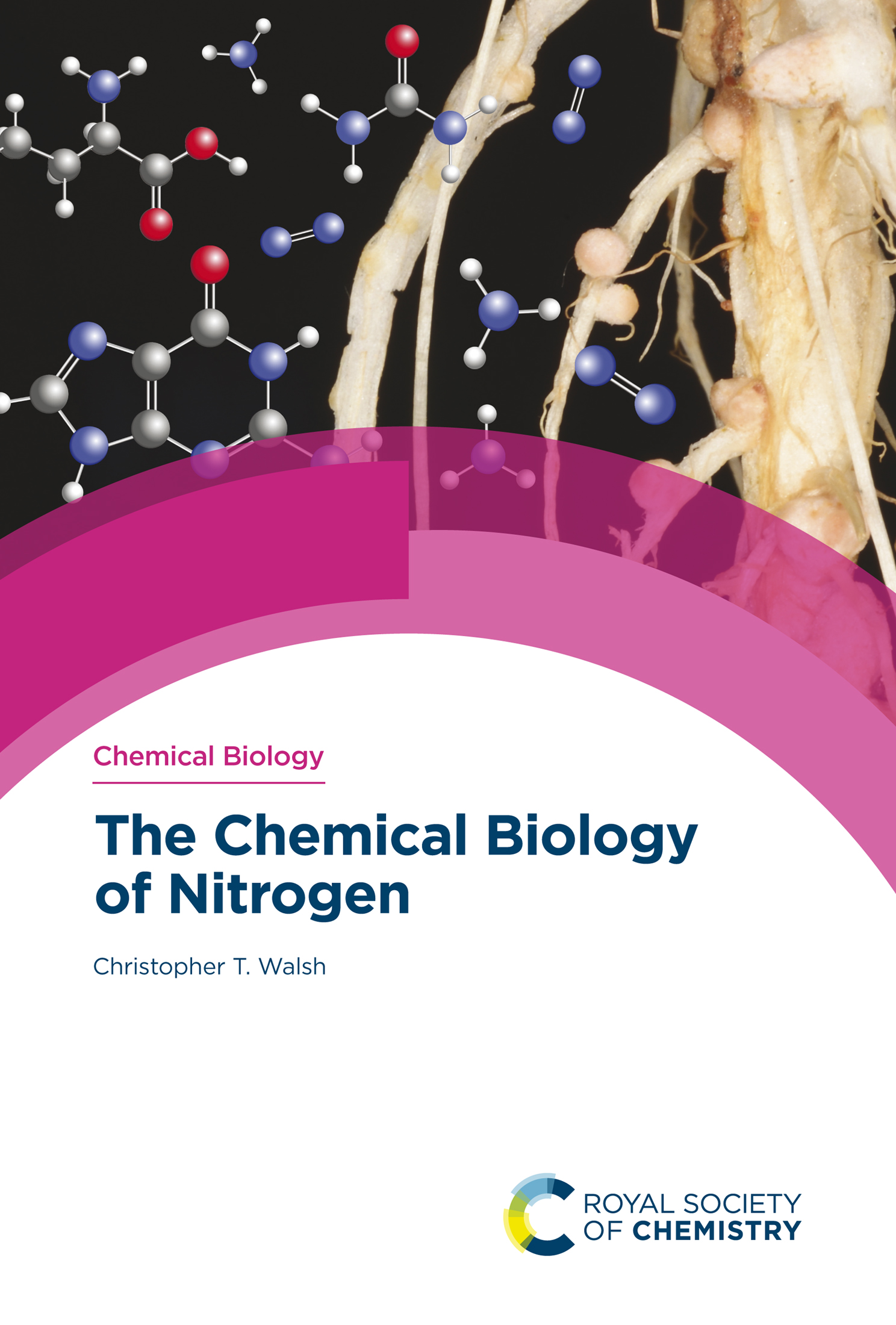Contents
The Chemical Biology of Nitrogen
Chemical Biology
Editor-in-chief:
Kira J. Weissman, Lorraine University, France
Titles in the series:
1: High Throughput Screening Methods: Evolution and Refinement
2: Chemical Biology of Glycoproteins
3: Computational Tools for Chemical Biology
4: Mass Spectrometry in Chemical Biology: Evolving Applications
5: Mechanisms of Primary Energy Transduction in Biology
6: Cyclic Peptides: From Bioorganic Synthesis to Applications
7: DNA-targeting Molecules as Therapeutic Agents
8: Protein Crystallography: Challenges and Practical Solutions
9: Oxidative Folding of Proteins: Principles, Biological Regulation and Design
10: Chemical and Biological Synthesis: Enabling Approaches for Understanding Biology
11: Synthetic Glycomes
12: The Chemical Biology of Sulfur
13: The Chemical Biology of Phosphorus
14: DNA Damage, DNA Repair and Disease: Volume 1
15: DNA Damage, DNA Repair and Disease: Volume 2
16: The Discovery and Utility of Chemical Probes in Target Discovery
17: Inhibitors of ProteinProtein Interactions
18: The Chemical Biology of Nitrogen
How to obtain future titles on publication:
A standing order plan is available for this series. A standing order will bring delivery of each new volume immediately on publication.
For further information please contact:
Book Sales Department, Royal Society of Chemistry, Thomas Graham House, Science Park, Milton Road, Cambridge, CB4 0WF, UK
Telephone: +44 (0)1223 420066, Fax: +44 (0)1223 420247
Email:
Visit our website at www.rsc.org/books
The Chemical Biology of Nitrogen
By
Christopher T. Walsh
Stanford University, USA
E-mail:
Chemical Biology No. 18
Print ISBN: 978-1-83916-392-0
PDF ISBN: 978-1-83916-433-0
EPUB ISBN: 978-1-83916-434-7
Print ISSN: 2055-1975
Electronic ISSN: 2055-1983
A catalogue record for this book is available from the British Library
Christopher T. Walsh 2021
All rights reserved
Apart from fair dealing for the purposes of research for non-commercial purposes or for private study, criticism or review, as permitted under the Copyright, Designs and Patents Act 1988 and the Copyright and Related Rights Regulations 2003, this publication may not be reproduced, stored or transmitted, in any form or by any means, without the prior permission in writing of The Royal Society of Chemistry or the copyright owner, or in the case of reproduction in accordance with the terms of licences issued by the Copyright Licensing Agency in the UK, or in accordance with the terms of the licences issued by the appropriate Reproduction Rights Organization outside the UK. Enquiries concerning reproduction outside the terms stated here should be sent to The Royal Society of Chemistry at the address printed on this page.
Whilst this material has been produced with all due care, The Royal Society of Chemistry cannot be held responsible or liable for its accuracy and completeness, nor for any consequences arising from any errors or the use of the information contained in this publication. The publication of advertisements does not constitute any endorsement by The Royal Society of Chemistry or Authors of any products advertised. The views and opinions advanced by contributors do not necessarily reflect those of The Royal Society of Chemistry which shall not be liable for any resulting loss or damage arising as a result of reliance upon this material.
The Royal Society of Chemistry is a charity, registered in England and Wales, Number 207890, and a company incorporated in England by Royal Charter (Registered No. RC000524), registered office: Burlington House, Piccadilly, London W1J 0BA, UK, Telephone: +44 (0) 207 4378 6556.
For further information see our web site at www.rsc.org
Printed in the United Kingdom by CPI Group (UK) Ltd, Croydon, CR0 4YY, UK
Preface
Nitrogen is omnipresent in our lives. Some 4000 trillion tons of nitrogen gas, N2, surround us as four-fifths of the global atmosphere, invisible, tasteless, inert. We breathe it in and out some eight thousand times a day without beneficial or harmful consequence (as long as we are at one atmosphere pressure). All this N2 gas is unavailable to us. Yet, we humans have up to five kilograms of nitrogen atoms in our bodies, embedded in carbon-based organic molecular scaffolds in forms that enable life.
Those nitrogen atoms are in molecules that build DNA and RNA. They are present in the backbone peptide bonds of all proteins. They make up the polar head groups of phospholipids that form cell membranes. They are crucial to the functions of seven of the eight B vitamins. They are built in to cellular second messengers as diverse as cyclic AMP and cyclic GMP vs. the inorganic nitric oxide radical.
The secret to unlocking the inert nitrogen atoms lies far back in evolution when anaerobic bacteria, anaerobic because the atmosphere in the beginning was essentially nitrogen gas, evolved an enzyme, nitrogenase, that could reduce dissolved N2 gas by six electrons to ammonia, NH3. Ammonia is a form of nitrogen that living organisms can work with. It is both basic in reaction with protons and nucleophilic in reaction with carbonyl groups of organic metabolites. Indeed, bacterially generated NH3 is the crossover molecule between inorganic nitrogen chemical biology and organic nitrogen chemical biology.
We use the term nitrogen chemical biology to evaluate how the chemistry of ammonia and its myriad derivatives and downstream metabolites both constrain and enable all the biological phenomena listed above. There are relatively few, mechanistically straightforward nitrogen-containing functional groups that organisms can build. They differ whether one is looking at the inorganic nitrogen chemical biology practiced by the descendants of the single-celled bacteria that learned how to free up the nitrogen chemistry locked in N2 or at the organic nitrogen chemistry practiced by multicellular eukaryotes, such as humans.
Bacterial inorganic nitrogen metabolism undergirds the biogeochemical cycling of N2 from atmosphere to organisms and back to atmosphere. The anchor molecules are N2, NH3, NO2 and NO3. The metabolic connections are all reductionoxidation (redox) processes, electron transfers that support energy metabolism, allowing bacteria to grow on ammonia as a sole energy source or nitrate ions as an energy sink. These bacterial manipulations account for a flux of tens of thousands of tons of N2 cycling per year.
In contrast, once NH3 has crossed over to the organic metabolite universe, the great bulk of nitrogen metabolic chemistry occurs without redox changes at nitrogen. Instead, organisms make and interconvert amines and amides, carbamyl groups and ureas, amidines and guanidines. Amino acids are the building blocks for all the proteins that execute the instructions in messenger RNAs. These common nitrogen functional groups can be embedded in linear organic frameworks or assembled into a diverse array of nitrogen heterocycles, fashioned by simple chemical steps in cells.


